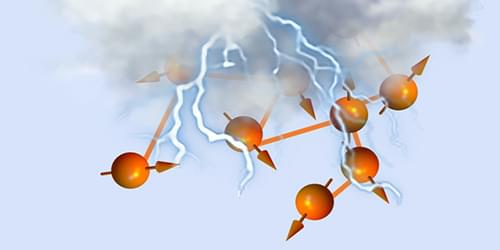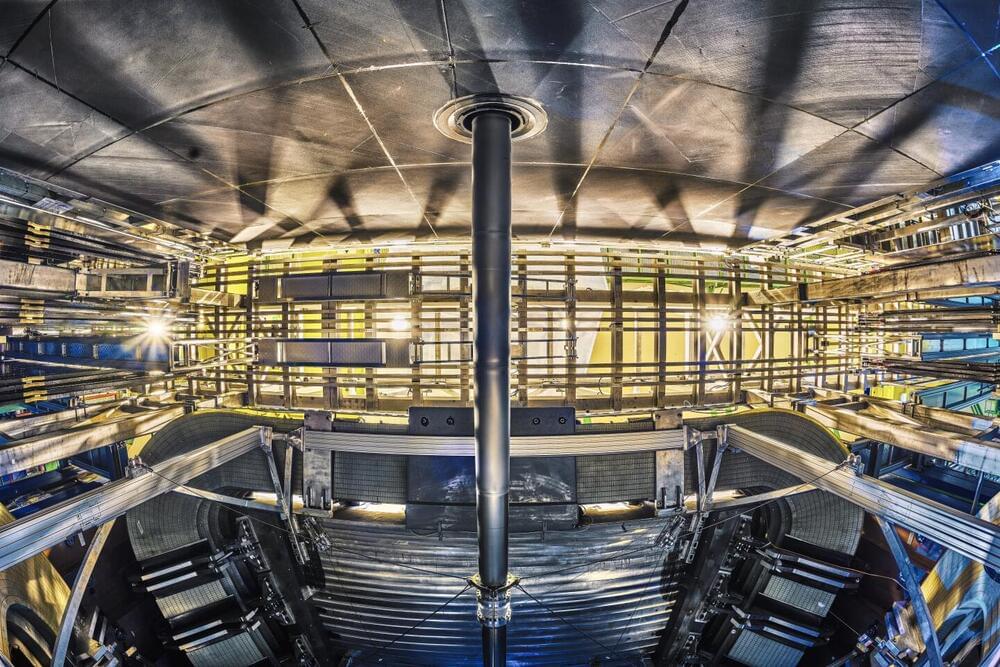Fear of being judged appears to be a major obstacle preventing workers from using AI.



A pair of breaches have hit media giant Paramount Global and fashion purveyor Forever 21, exposing personally identifiable information for thousands of people in the latter’s case and setting them up for a raft of follow-on attacks.
In Paramount’s case, the Hollywood bigwig disclosed in a data breach notification letter obtained by media that cyberattackers accessed PII for certain individuals for a month, between May and June of this year. The data included names, birthdates, Social Security numbers, driver’s license numbers, passport numbers, and “information related to [the individual’s] relationship with Paramount.”
It’s unclear if the data pertains to website members, employees, customers, or other profiles — or how many are affected. The data breach notification letter, penned by an operations executive at Nickelodeon Animation Studio, did not elaborate.
“It’s a time of huge uncertainty,” says Geoffrey Hinton from the living room of his home in London. “Nobody really knows what’s going to happen … I’m just sounding the alarm.”
In The Godfather in Conversation, the cognitive psychologist and computer scientist ‘known as the Godfather of AI’ explains why, after a lifetime spent developing a type of artificial intelligence known as deep learning, he is suddenly warning about existential threats to humanity.
A University of Toronto University Professor Emeritus, Hinton explains how neural nets work, the role he and others played in developing them and why the kind of digital intelligence that powers ChatGPT and Google’s PaLM may hold an unexpected advantage over our own. And he lays out his concerns about how the world could lose control of a technology that, paradoxically, also promises to unleash huge benefits – from treating diseases to combatting climate change.

A new study in Lancet Digital Health identifies early warning symptoms like chest pain and dyspnea that are moderately associated with imminent sudden cardiac arrest. The research suggests that future digital technologies could combine these symptoms with biometric data to more precisely predict and potentially prevent these life-threatening events.




A new symmetry-based classification could help researchers describe open, many-body quantum systems that display quantum chaos.
The quest for understanding quantum systems of many particles—and the exotic phenomena they display—fascinates theorists and experimentalists alike, but it’s one with many hurdles. The number of the system’s quantum states increases exponentially with size; these states are hard to prepare, probe, and characterize in experiments, and interactions with the environment “open” the system, further increasing the number of states to consider. As a result, open, many-body quantum systems remain a frontier of exploration in physics, for which researchers haven’t developed a systematic theoretical framework. A new study by Kohei Kawabata of Princeton University and colleagues has taken an important step toward developing such a general framework by offering a complete classification of these systems based on symmetry principles [1] (Fig. 1).

The observation of elusive, exotic particles is the key objective of countless studies, as it could open new avenues for research, while also improving present knowledge of the matter contained in the universe and its underlying physics. The quark model, a theoretical model introduced in 1964, predicted the existence of elementary subatomic particles known as quarks in their different configurations.
Quarks and antiquarks (the anti-matter equivalent of quarks) are predicted to be constituents of various subatomic particles. These include “conventional” particles, such as mesons and baryons, as well as more complex particles made up of four or five quarks (i.e., tetraquarks and pentaquarks, respectively).
The Large Hadron Collider beauty (LHCb) experiment, a research effort involving a large group of researchers at different institutes worldwide, has been trying to observe some of these fascinating particles for over a decade, using data collected at CERN’s LHC particle collider in Switzerland. In a recent paper published in Physical Review Letters, they reported the very first observation of a doubly charged tetraquark and its neutral partner.
Deep Learning (DL) performs classification tasks using a series of layers. To effectively execute these tasks, local decisions are performed progressively along the layers. But can we perform an all-encompassing decision by choosing the most influential path to the output rather than performing these decisions locally?
In an article published today in Scientific Reports, researchers from Bar-Ilan University in Israel answer this question with a resounding “yes.” Pre-existing deep architectures have been improved by updating the most influential paths to the output.
“One can think of it as two children who wish to climb a mountain with many twists and turns. One of them chooses the fastest local route at every intersection while the other uses binoculars to see the entire path ahead and picks the shortest and most significant route, just like Google Maps or Waze. The first child might get a head start, but the second will end up winning,” said Prof. Ido Kanter, of Bar-Ilan’s Department of Physics and Gonda (Goldschmied) Multidisciplinary Brain Research Center, who led the research.